|
The Sit-Up that we often do in this lineage of yoga - starting flat on the back with the arms overhead and legs straight, then sitting all the way up and touching the head to the knees - is more complex than it looks. It requires strength in two major muscle groups: those of the abdomen, specifically the rectus abdominis (6-pack) and the psoas, which crosses the hips.
INHALE OR EXHALE
The question often arises, "should I inhale or exhale while doing a sit-up?" The answer is clear: You should exhale. In a recent New York Times article about the remarkable abs of USA olympian Adam Rippon, Rippon's trainer Steve Zimm said, "Breathing is everything when it comes to abs. If you want ripped abs, you need to allow them to contract. Before every move, breathe out. Pull your belly button into the spine and continue breathing out as you’re contracting, so your abdominal wall is sinking into you." Not surprisingly, Bishnu Ghosh agrees. In his book Yoga Cure he instructs: "Start from lying position with arms stretched beyond your head, exhale and hold your breath and then raise your upper body..."
6 Comments
Erin
2/26/2018 05:06:02 pm
An inhale is not required with “double exhale”. It’s just double exhale, not “exhale, inhale, exhale.”
Reply
Scott
2/27/2018 05:12:39 am
The "double exhale" is perfectly useful. Exhale as much as you can before sitting up, then once you're up there is a little more compression on your abdomen, enabling you to push out a little more air. This will help you contract the abdominal muscles even more. Most of the air comes out before you sit up. The second part of the double exhale is only a tiny bit.
Reply
Linda Hewins
1/28/2020 09:45:45 am
If you are being "cued" double exhale please recheck your dialogue...It's "Exhale breathing, grab your big toes, double jerk" The effect of the double jerk can cause a double exhale but it's not in the D
Reply
Diane
4/26/2018 09:23:01 pm
I've been doing bikram consistently for almost 6 years, including a 60 day challenge BUT I cannot get the situp. I can get to the first photo. I can put my hands under my lower back and use my abs to do the second part. I can't figure out how to combine the two! I suffer from a whiplash and had a C-section leading to major posture problems and a tension headache that was always present for 8 years straight if that helps explain.
Reply
Leave a Reply. |
AUTHORSScott & Ida are Yoga Acharyas (Masters of Yoga). They are scholars as well as practitioners of yogic postures, breath control and meditation. They are the head teachers of Ghosh Yoga.
POPULAR- The 113 Postures of Ghosh Yoga
- Make the Hamstrings Strong, Not Long - Understanding Chair Posture - Lock the Knee History - It Doesn't Matter If Your Head Is On Your Knee - Bow Pose (Dhanurasana) - 5 Reasons To Backbend - Origins of Standing Bow - The Traditional Yoga In Bikram's Class - What About the Women?! - Through Bishnu's Eyes - Why Teaching Is Not a Personal Practice Categories
All
Archives
May 2024
|

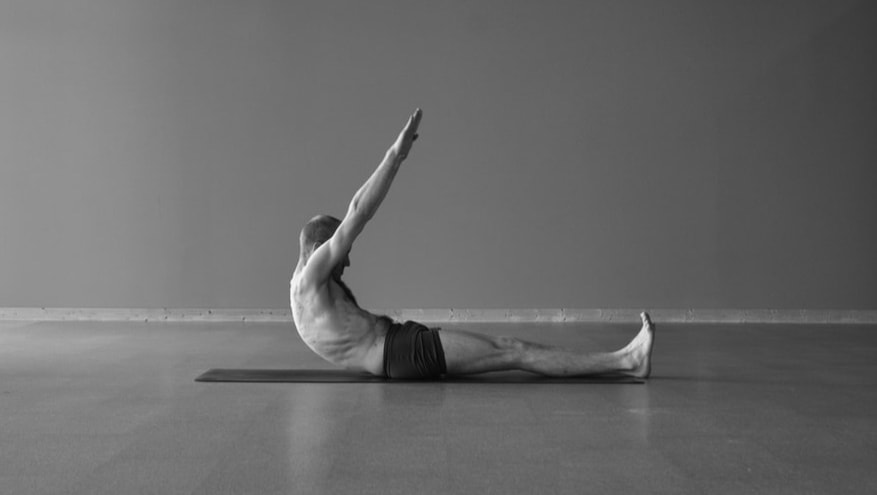
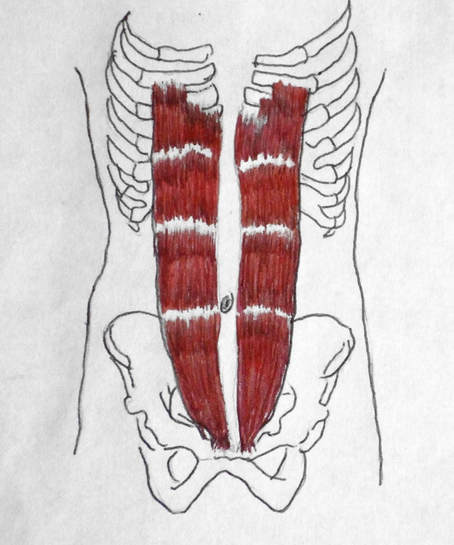
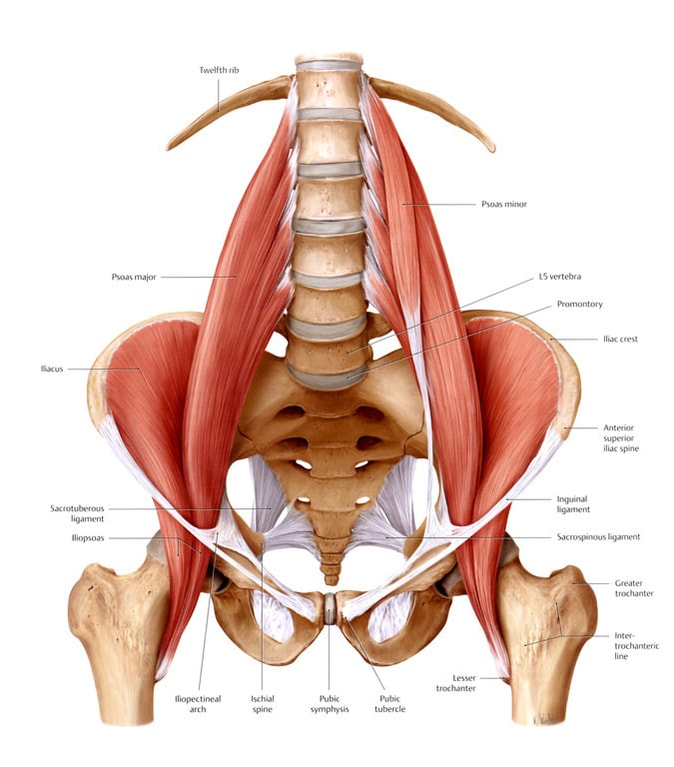
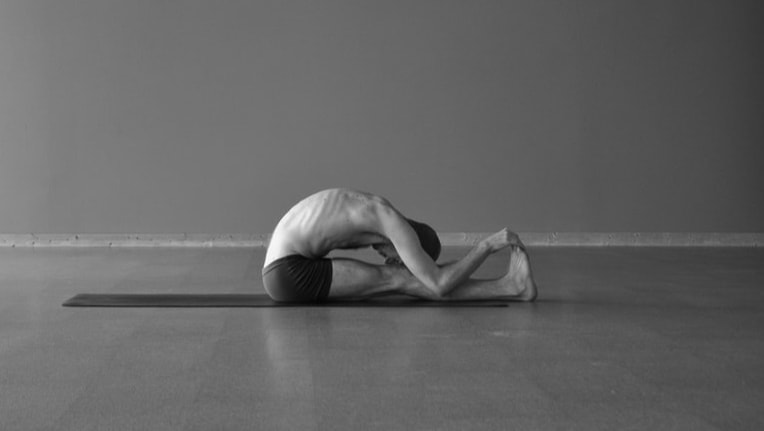
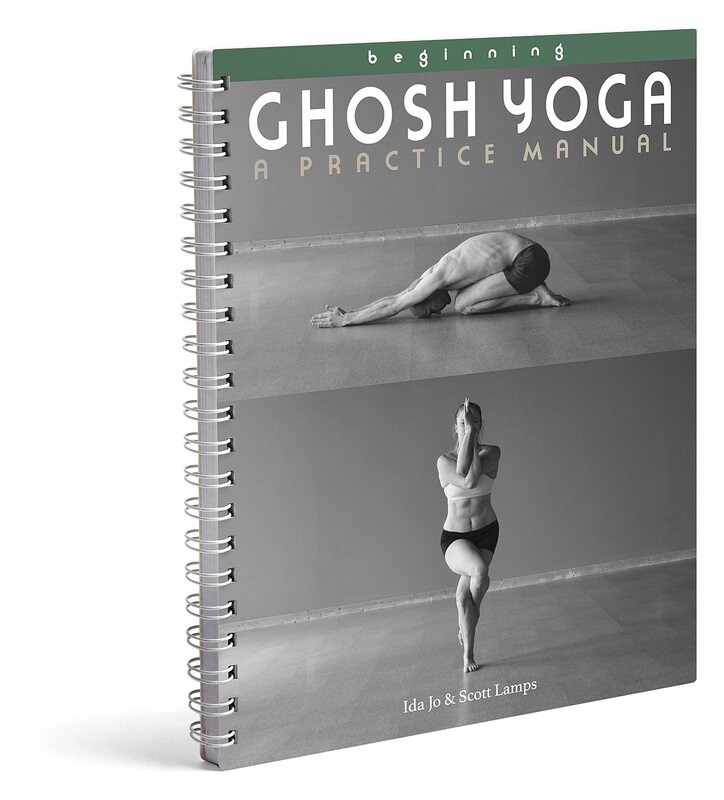
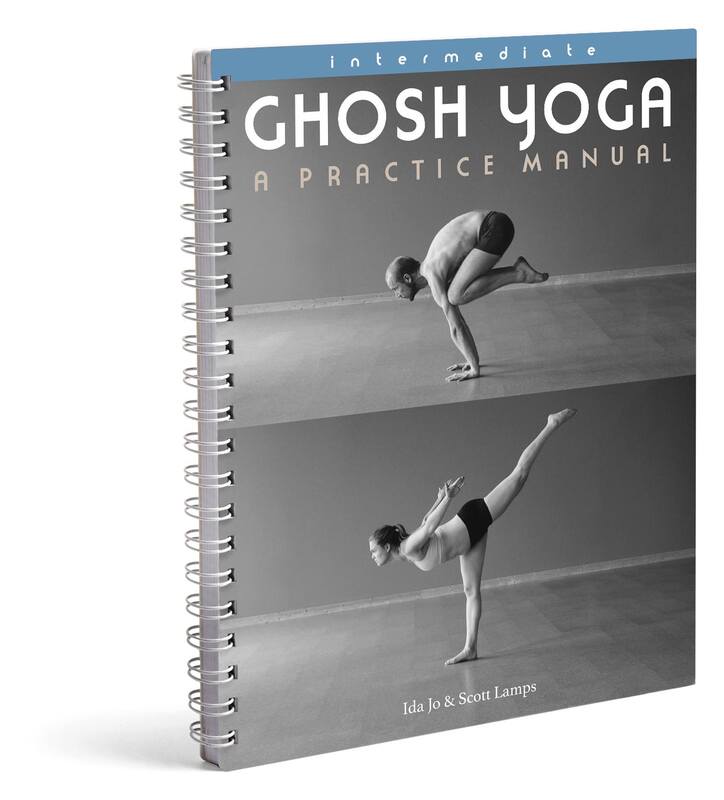
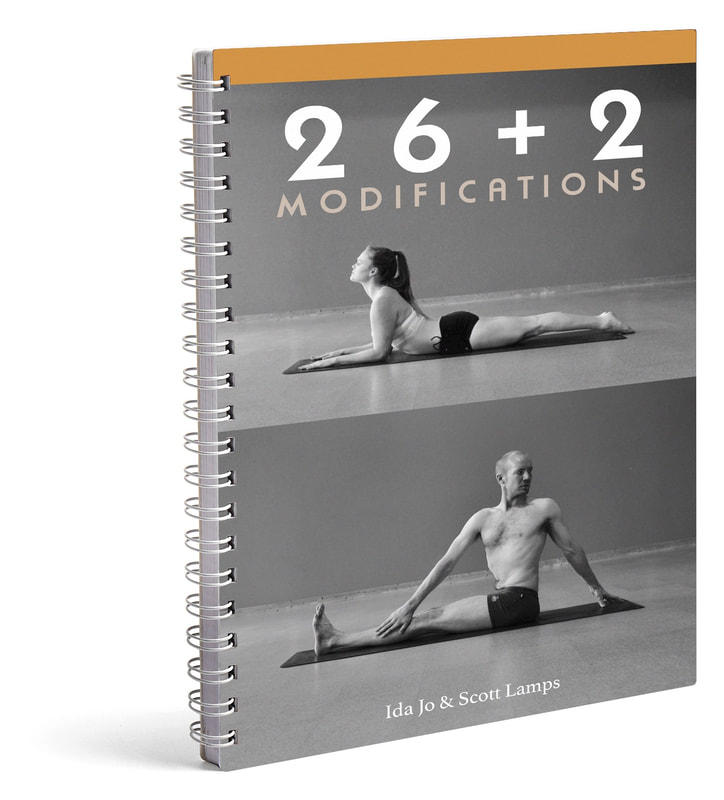


 RSS Feed
RSS Feed